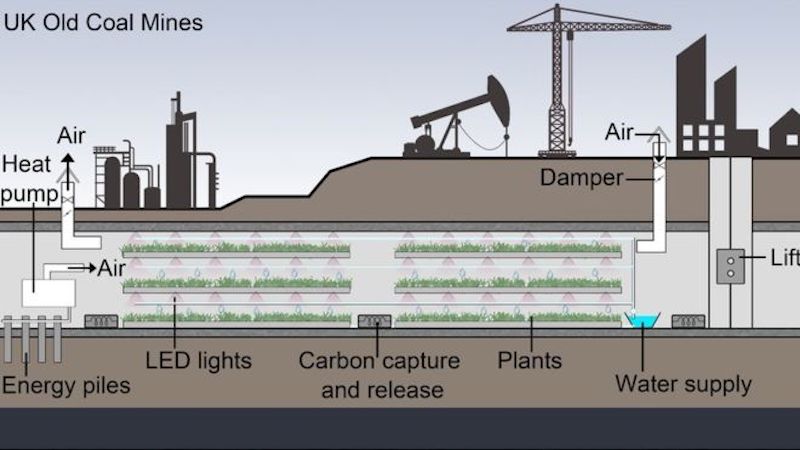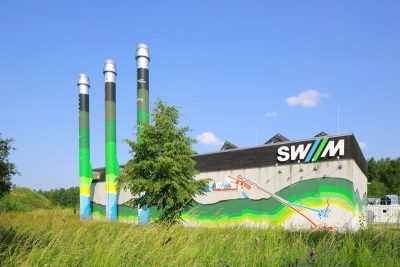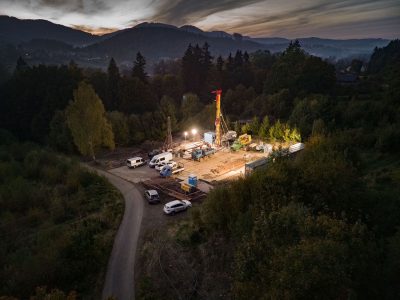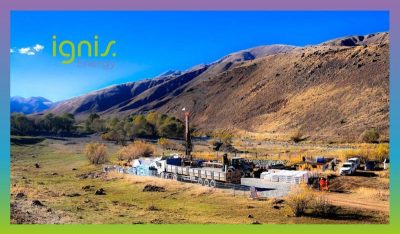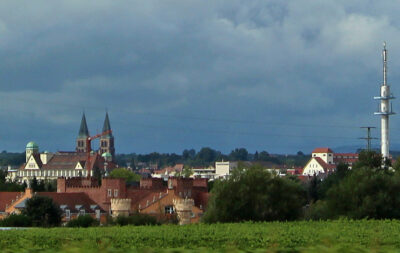Using geothermal heat to operate greenhouses underground in abandoned mines
Researchers in the UK are proposing the utilisation of abandoned coal mines in the country for greenhouse operations underground utilising geothermal heat.
Much has been written about utilising geothermal heat from abandoned mines, but this always in the context of bringing the heat to the surface mostly for use in district heating systems for home or industrial use. But now, academics at the University of Nottingham in the United Kingdom talk about converting 150,000 abandoned coal mines in the country to subterranean farms.
These so-called “deep farms” could produce 10 times more food per acre at a fraction of the cost, so a recent article by Return to Now.
These subterranean farms would be using geothermal heat, naturally to be found in those mines, that also have the benefit of no weather impact and sheltering required for year-round production of crops. With the constant temperatures and humidity levels these agricultural activities would also not be affected by the seasons.
With available ground water, the cheap heating source and use of CO2 (from e.g. carbon capture technology sourced CO2) could provide a rather economic approach to farming. With traditional 1-2 cycles of crop growth, greenhouses could achieve up to 10 crop cycles providing a rather favourable economic business.
With lots of those mines close to cities and towns they would be serving, they further decrease CO2 emissions of farming and cut down transportation cost. The only additional source of energy required would be electricity for lighting, but LED lights could bring down that cost.
Today, a former World War II air raid shelter in the city of Londo is already being used to grow greens for local supermarkets and restaurants.
Source: Return to Now
